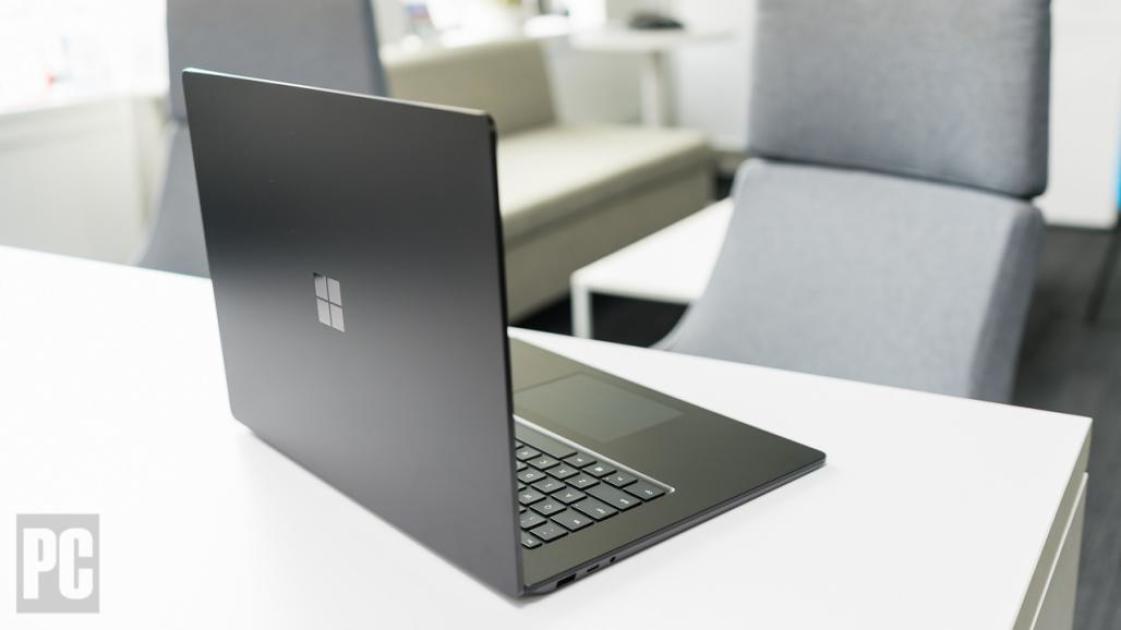A Microsoft video presentation has revealed the obscure reason why Surface devices ship with soldered RAM, as well as explaining whu they don’t include Thunderbolt ports.
An increasing number of devices are shipping without upgradeable parts, and in the case of laptops, 2-in-1 hybrids, and tablets, that usually means no way of replacing the battery or the RAM modules. This has always been the case for Microsoft’s range of Surface devices, but Microsoft has now explained the rather bizarre reason why you can’t upgrade the RAM in them.
As MSPowerUser reports, part of a Microsoft presentation video has appeared on Twitter courtesy of user WalkingCat. It’s only a brief snippet, but explains why the RAM is soldered to the board in Surface devices and why they don’t ship with Thunderbolt ports. In both cases, it comes down to offering more secure devices.
The use of soldered RAM is to stop a someone removing the memory and “easily” freezing the modules using liquid nitrogen. Once frozen, Microsoft says it’s possible to purchase a special memory reader for a few dollars from Aliexpress and access all the data stored in the modules “including the Bitlocker recovery keys.”
As for the lack of Thunderbolt ports on Surface devices, it’s because Thunderbolt is a Direct Memory Access (DMA) port, so it’s possible “a well-prepared stick that you can plug in … and access the full device in memory” without the operating system getting in the way of that access.
Both attacks on your data seem highly unlikely, especially the frozen memory method, but Microsoft clearly thinks they are worth securing Surface users against. It also points to a desire by Microsoft to have Surface devices used in highly-secure business settings where such protections may be both appreciated and insisted upon.

